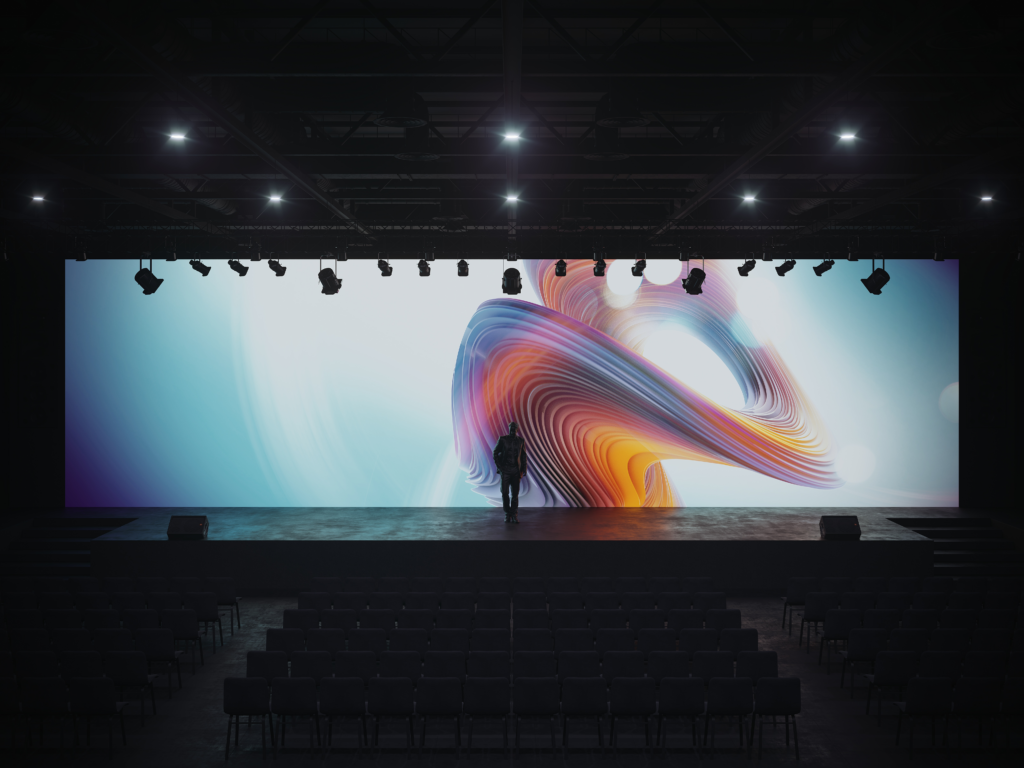Explaining Luminescent Panel Surface Luminance Measurements to Peak Visual Functionality
Explaining Luminescent Panel Surface Luminance Measurements to Peak Visual Functionality
Blog Article
LED panel screens have become more and more favored across different environments, including residences and commercial spaces as well as communal areas. Such screens are known for their bright and vibrant displays, which render these suitable to communicating information, advertisements, and entertainment. However, understanding the illumination measurements of LED wall panels is essential to guaranteeing ideal visual efficacy. Brightness is measured in units known as candelas, that show the amount of luminosity produced from the panel. The greater number of quantity in nits, the brighter the visual is. For instance, example, a panel with one thousand candelas stands considerably brighter compared to a with 500 candelas, rendering this one better equipped for well-lit environments.
When choosing a Light Emitting Diode panel screen, one is important in take into account the setting where that the screen will be used. In brightly lit areas, such as retail environments or outdoor settings, higher increased luminosity level is necessary to ensure visibility. Conversely, in darker environments, such as cinemas and meeting spaces, lower diminished illumination rate might suffice. This is because excessive bright unnecessary luminosity within an dim setting may result in viewer discomfort for viewers, making it harder to focus with a screen. Thus, comprehending specific particular needs of the setup site will aid with selecting a suitable illumination rate to ensure ideal viewing experience.
Another important factor to consider is the differential proportion in the Light Emitting Diode panel screen. This ratio ratio measures the difference between the brightest light versus the darkest black shade that the panel can produce. An greater differential proportion means the display can it is capable of show more detail and richness, thereby improves more general visual quality. For example, one screen boasting a contrast ratio of ten thousand to one is able to show visuals with more vivid colors and crisper features than one with a ratio at one thousand to one. Such is particularly important in instances where showing visuals and motion graphics that require high definition as well as fine details, such as presentations and advertising material.
Moreover, the technology that drives Light Emitting Diode panel panels plays an essential part for their brightness and total efficiency. Various types of Light Emitting Diode methods, such as OLED and Liquid Crystal Display, possess unique characteristics that impact the way brightness is perceived. Organic Light Emitting Diode screens often offer superior differential and deeper blacks, which can enhance the visual experience within dim settings. Conversely, standard LED panels may be more suitable for bright spaces due to their click here for more info ability to produce higher levels of brightness. Comprehending such tech-related variances will help consumers to deciding on knowledgeable decisions based on their specific needs.
Finally, regular care as well as calibration for Light Emitting Diode wall panels may assist maintain ideal illumination and efficacy long-term. Dust and dirt can accumulate in a screen, impacting its illumination as well as clarity in a visual. Regular washing as well as expert adjustment may guarantee the panel screen operates at its best, providing consistent image quality. Additionally, some advanced LED wall screens come with integrated features that allow operators for modify illumination settings as well as hue settings according to their preferences. By taking such measures, operators will guarantee that LED Light Emitting Diode wall panels deliver the best visual efficiency, no matter where setting in that they are used.